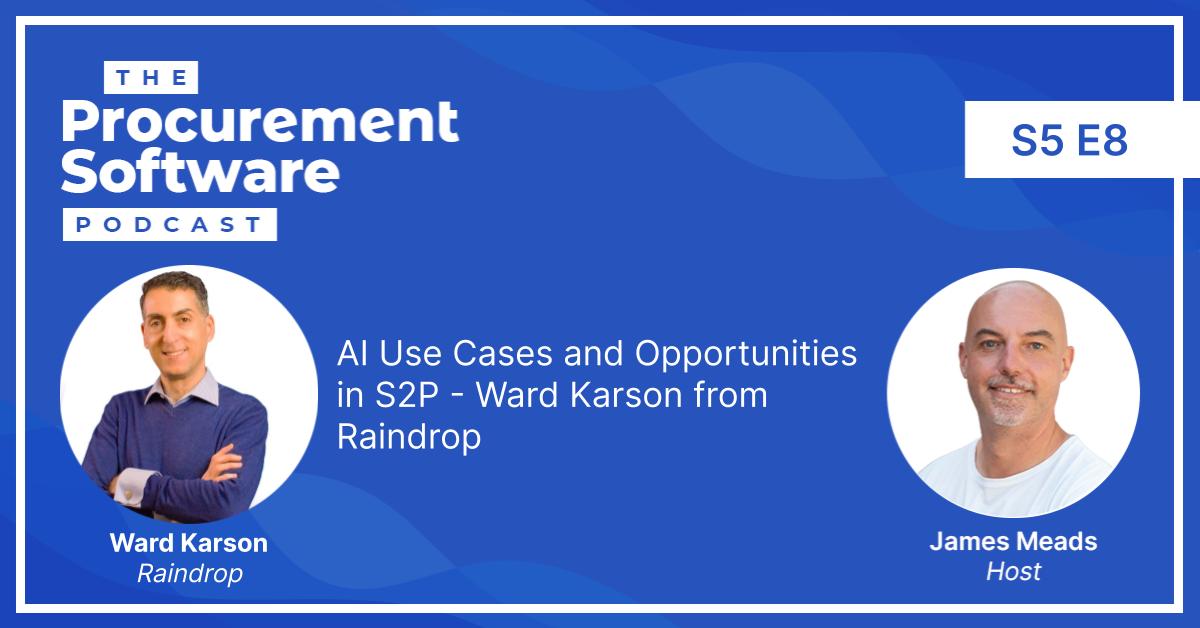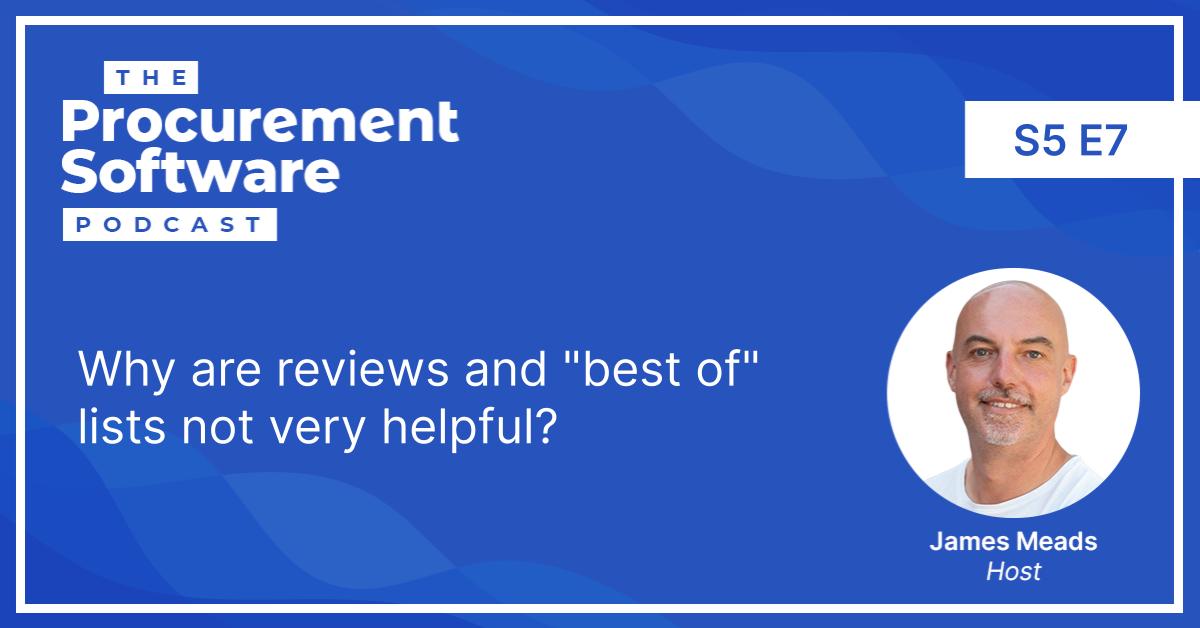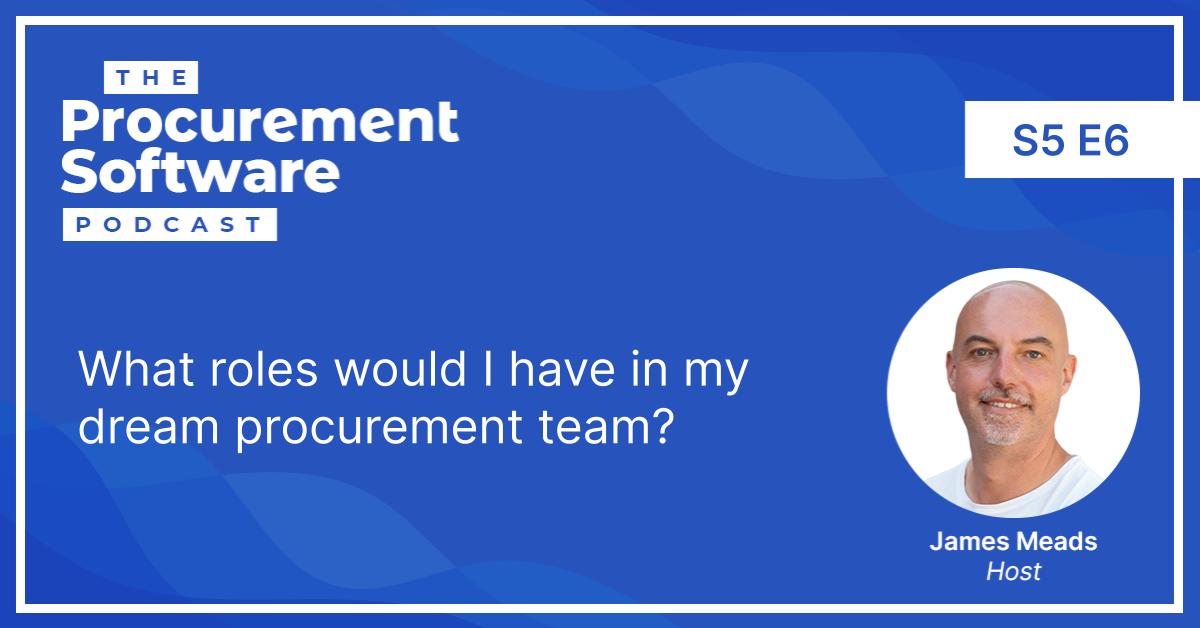Spend analytics is a pretty mature (and competitive) market. So, what does this hold for the future?
No better person to ask than the former CEO of Spendency, Arvid Fredin. They were recently acquired by German source-to-pay technology company Onventis. Arvid stayed on post-acquisition and is now Managing Director of Onventis’ operations for the UK and Nordic countries, and joins me on this week’s episode.
A recent acquisition, and how this may shape the future of spend analytics
A good place to start is actually to talk about the recent acquisition of Spendency. Is this part of a wider pattern that is emerging? Are we starting to see more consolidation in the market? And if so, why are we seeing it?
Will there be more consolidation and what is driving this?
Arvid suggests that the driver is often the desire to get more productivity from their sales force. Being best-of-breed and focusing on one specific solution often means that it’s more difficult to get warm leads who are looking for exactly what you’re offering.
But is the growth coming from customers who are switching away from some of the legacy suites, or is there still enough business to go after from companies who are still at the beginning of their digital transformation journey?
Greenfield customers are easier to win over because:
-
No existing solution in place as a benchmark to compare against
-
No switching costs to consider to phase out a legacy application
As soon as there are fewer opportunities out there in terms of greenfield customers, Arvid suspects there will be much more consolidation.
The difference between natively coded tech vs. Power BI or Tableau
Spendency is actually natively coded, whereas many spend analytics solutions out there, as well as anything natively developed in-house by organisations themselves, usually relies on third party technology.
The most common of these are Power BI and Tableau.
From a price perspective, this gives Spendency an advantage because they’re not paying third party licensing fees. But it also allows them to be able to run queries much faster and more efficiently because their technology is specifically designed for procurement spend analytics reporting. Whereas third party technology on the other hand is built having to be something that can offer all things to all people.
This affects overall user experience as well as the cost of the solution.
To AI or not to AI: How far can automation get you?
Spendency currently doesn’t utilise AI for their analytics solution, so the obvious question is do you actually need it?
Arvid looks at two ways that AI can be built into spend analytics:
-
For efficiency and to reduce manual, time consuming tasks to enable procurement teams to spend time on more value added activities. This is the type of AI that is typically being used these days in spend analytics software
-
The more exciting, sexy future where AI engine is able to pick up on smart signals and made recommendations.
We’re not there yet with #2, but this is where the exciting future could be.
Using AI for categorisation of spend is definitely on their roadmap. But having AI working together with a Category Manager is likely to be the common model of deploying spend analytics solutions in the near future.
Enabling Category Managers to see the categorisation rules is key to this, to remove the “black magic” from the process and ensure that the tool has credibility.
Getting to 80-90% categorisation should be possible with technology, but getting to 100% is always going to be a challenge without any human interaction in the process.
Is there a difference between what Consultants need vs. Category Managers?
Arvid explains that Spendency evolved through Effso, a Swedish management consulting firm, and was eventually spun off as a separate business.
The needs of a Management Consultant are indeed different than the needs of a Category Manager or Procurement Excellence Manager.
Initial categorisation and a holistic view of the spend is important for a consultancy. Whereas maintaining and developing the right structures and having taxonomy at a PO line item level detail is key for Category Managers.
Can Mid-Market Businesses run a Spend Analytics tool without extra support?
Not necessarily, but there IS definitely a requirement to have a strong internal implementation team and to ensure that users can be trained post implementation.
Due to Spendency’s history with their roots as a management consulting firm, they have found that sometimes the two go hand-in-hand. But spend analytics tools should be able to be run and managed by in-house teams, without the need for an intensive period of hyper care or hand holding. It’s not the same as complex source-to-pay software in that sense.
Has Spendency succeeded in attracting larger clients too?
Yes, they have seen over the past couple of years that they have
The product they had 5 years ago would not have been suitable for an international enterprise, whereas what they have now would be able to fulfil their needs.
Therefore, Arvid says it’s difficult to segment from natural evolution of having a more advanced and mature product vs. changes to customer requirements.
What are Arvid’s predictions for the future?
This was really interesting and so glad I asked the question. These are his thoughts and predictions:
-
Best-of-breed and suites will continue to co-exist.
-
There will be more consolidation in the industry as the number of greenfield customers in mature markets diminishes.
-
Spend analytics solutions specifically will be prime acquisition targets because the native solutions in this space that are offered as part of the suites are not so strong.
Stay in Touch
-
Sign up for the Procuretech Podcast Newsletter
-
Book an Intro Call and let’s talk all things Digital Procurement!


